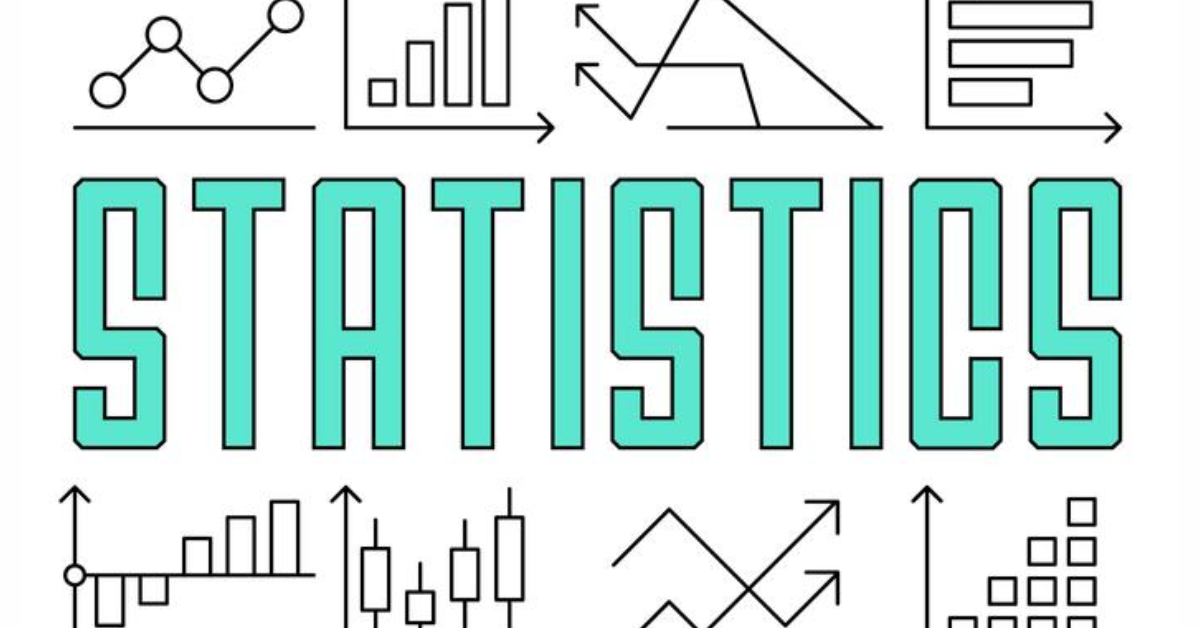SSC CGL Statistics Syllabus
The SSC CGL Statistics Syllabus is designed to test the candidates with a comprehensive understanding of statistical concepts and their practical applications. Covering topics such as data analysis, probability, sampling techniques, and inferential statistics, this syllabus aims to assess candidates’ ability to interpret and analyze data, make informed decisions, and contribute effectively in various government and administrative roles. This blog will provide you with the SSC CGL Syllabus 2025 for Statistics.
SSC CGL Statistics Syllabus 2025
Candidates who will be applying for the position of Junior Statistical Officer need to qualify for the statistics paper. We have mentioned below the detailed Statistics syllabus for all the candidates appearing for SSC CGL Exam 2025.
| Subject | Topics |
| Collection, Classification, and Presentation of Statistical Data | Primary and Secondary data, Methods of data collection; Tabulation of data; Graphs and charts; Frequency distributions; Diagrammatic presentation of frequency distributions. |
| Measures of Central Tendency | Common measures of central tendency – mean median and mode; Partition values- quartiles, deciles, percentiles. |
| Measures of Dispersion- Common measures of Dispersion | range, quartile deviations, mean deviation and standard deviation; Measures of relative dispersion. |
| Moments, Skewness, and Kurtosis | Different types of moments and their relationship; the meaning of skewness and kurtosis; different measures of skewness and kurtosis. |
| Correlation and Regression | Scatter diagram; simple correlation coefficient; simple regression lines; Spearman‟s rank correlation; Measures of association of attributes; Multiple regression; Multiple and partial correlations (For three variables only). |
| Probability Theory | Meaning of probability; Different definitions of probability; Conditional probability; Compound probability; Independent events; Bayes‟ theorem. |
| Random Variable and Probability Distributions | Random variable; Probability functions; Expectation and Variance of a random variable; Higher moments of a random variable; Binomial, Poisson, Normal and Exponential distributions; Joint distribution of two random variable (discrete). |
| Sampling Theory | Concept of population and sample; Parameter and statistic, Sampling and non-sampling errors; Probability and nonprobability sampling techniques(simple random sampling, stratified sampling, multistage sampling, multiphase sampling, cluster sampling, systematic sampling, purposive sampling, convenience sampling and quota sampling); Sampling distribution(statement only); Sample size decisions. |
| Statistical Inference | Point estimation and interval estimation, Properties of a good estimator, Methods of estimation (Moments method, Maximum likelihood method, Least squares method), Testing of hypothesis, Basic concept of testing, Small sample and large sample tests, Tests based on Z, t, Chi-square and F statistic, Confidence intervals. |
| Analysis of Variance | Analysis of one-way classified data and two-way classified data. |
| Time Series Analysis | Components of time series, Determination of trend component by different methods, Measurement of seasonal variation by different methods. |
| Index Numbers | Meaning of Index Numbers, Problems in the construction of index numbers, Types of index numbers, Different formulae, Base shifting and splicing of index numbers, Cost of living Index Numbers, Uses of Index Numbers. |
SSC CGL Statistics Syllabus Important Points
The Statistics syllabus in SSC CGL Preparation Strategy carries significant importance due to several key factors:
- Specialization Opportunity: SSC CGL offers candidates the option to choose Statistics as an elective subject. This allows candidates with a background in Statistics to leverage their expertise and excel in this section.
- Niche Knowledge: Statistics is a specialized field that involves data analysis, interpretation, and inference. Mastering this syllabus equips candidates with the ability to handle complex data-related challenges effectively.
- Scoring Potential: A solid understanding of Statistics leads to better performance in this section, contributing significantly to overall scores and ranking.
- Tier II Exam: The Statistics syllabus is part of the Tier II exam. Strong preparation during Tier I helps candidates build a strong base for tackling the more advanced concepts in Tier II.
- Quantitative Aptitude: Statistics is an advanced aspect of quantitative aptitude. Mastery in this area enhances candidates’ quantitative reasoning skills, benefiting other sections of the exam as well.
- Research and Analysis: Candidates well-versed in Statistics can engage in accurate research, perform statistical analysis, and draw meaningful conclusions from data—an essential skill for various government job roles.
- Career Advancement: Proficiency in Statistics opens avenues for roles demanding analytical skills, which are highly sought after in government positions involving policy formulation, economic analysis, and more.
- Competitive Edge: As Statistics is a specialized field, candidates with a strong grasp of this syllabus stand out from the competition, making them more appealing to employers.
- Indian Bank Recruitment 2025 Out for 1500 Apprentice Posts
- Indian Bank Apprentice Salary 2025, Pay Scale, Salary Structure
- Indian Bank Apprentice Syllabus & Exam Pattern 2025, Check Details
- Railway RPF Syllabus 2024, Check Exam Pattern, Topic And Syllabus
- SSC JE vs RRB JE, Which Is Better? Know Detailed Comparison
- SSC CGL Study Plan 2025 For Next 25 Days With Tips, Tricks
SSC CGL Statistics Syllabus 2023 – Frequently Asked Questions
Ans. Candidates can check the detailed Statistics syllabus in this blog.
Ans. No, Statistics Paper is only mandatory for candidates who have applied for the post of JSO.
Ans. The SSC CGL Tier 2 Statistics Paper is objective-type (MCQ based) and carries a total of 300 marks.
Ans. Yes, there is a negative marking of 1 mark for every incorrect answer in the SSC CGL Tier 2 Statistics paper.
Ans. The duration of the Statistics Paper is 2 hours, and 2 hours 40 minutes for candidates eligible for a scribe.

Hello there! I’m a dedicated Government Job aspirant turned passionate writer & content marketer. My blogs are a one-stop destination for accurate and comprehensive information on exams like Regulatory Bodies, Banking, SSC, State PSCs, and more. I’m on a mission to provide you with all the details you need, conveniently in one place. When I’m not writing and marketing, you’ll find me happily experimenting in the kitchen, cooking up delightful treats. Join me on this journey of knowledge and flavors!
